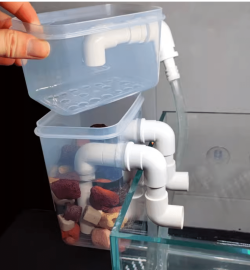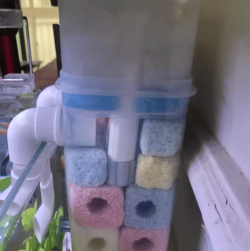That's OK you've done the right thing according to TTA's method.
Now you are supposed to test every other day till ammonia is zero at one test then zero again at the next test 2 days later. Once you have the second zero, add enough ammonia for 1 ppm.
Now you are supposed to test every other day till ammonia is zero at one test then zero again at the next test 2 days later. Once you have the second zero, add enough ammonia for 1 ppm.



